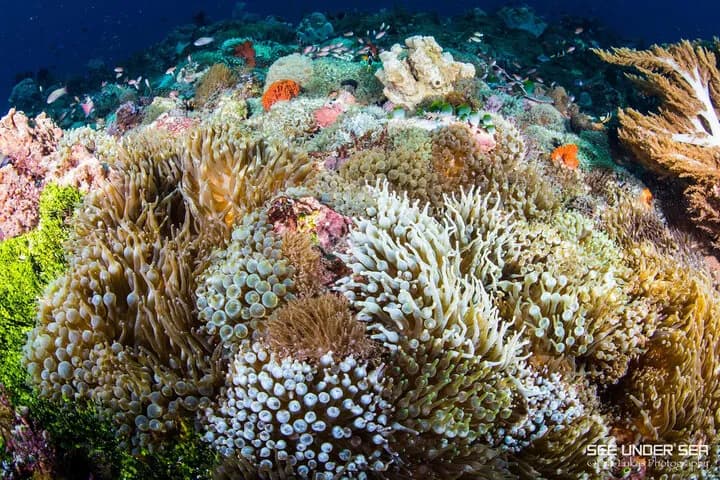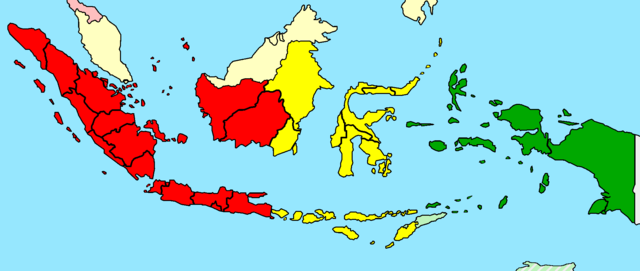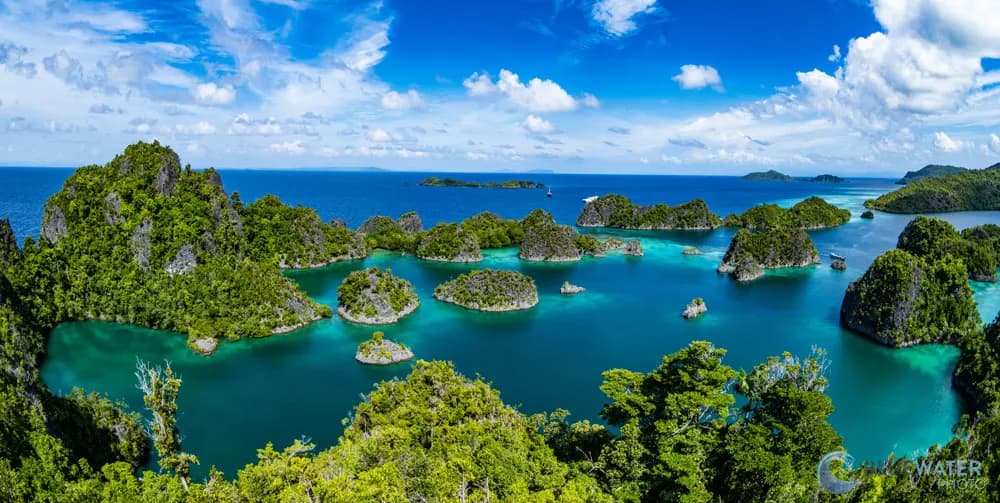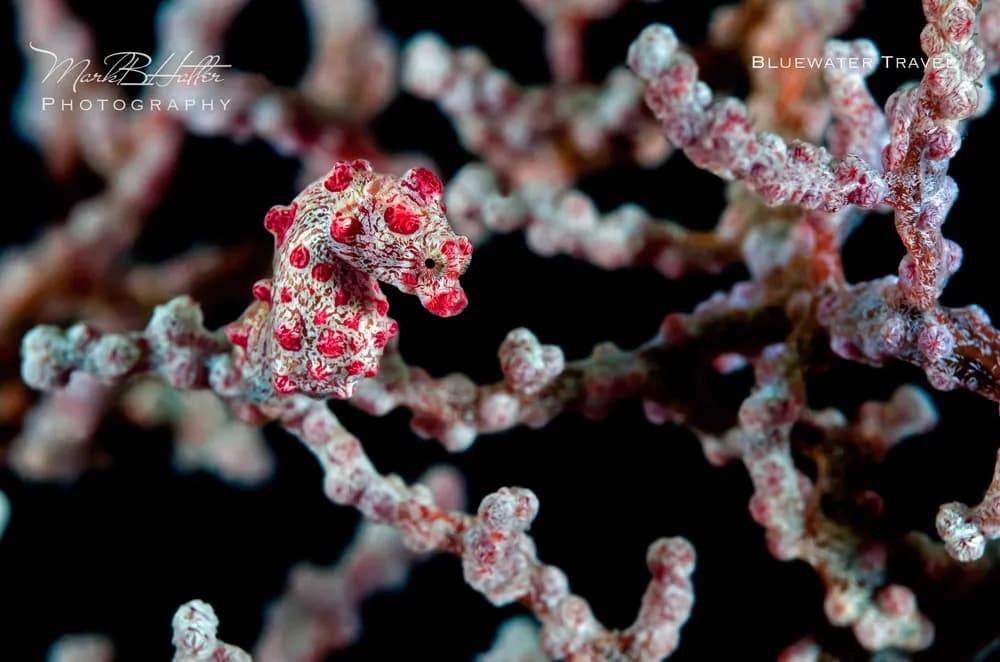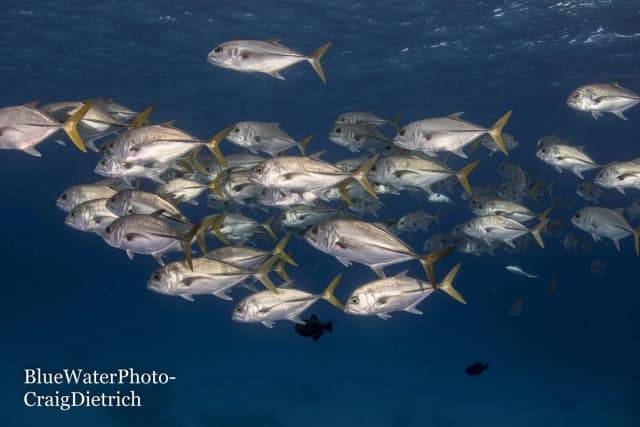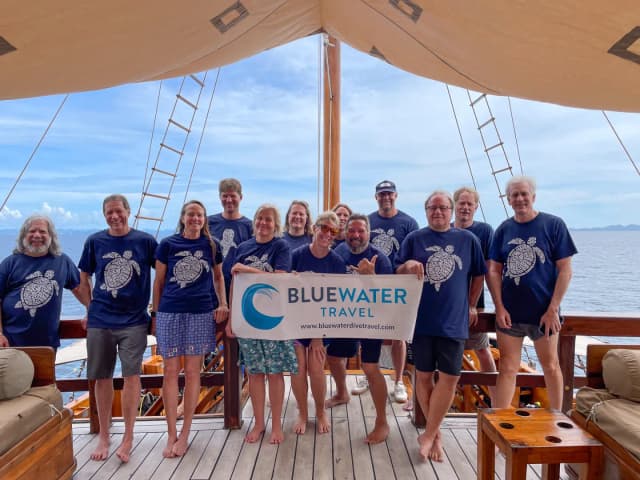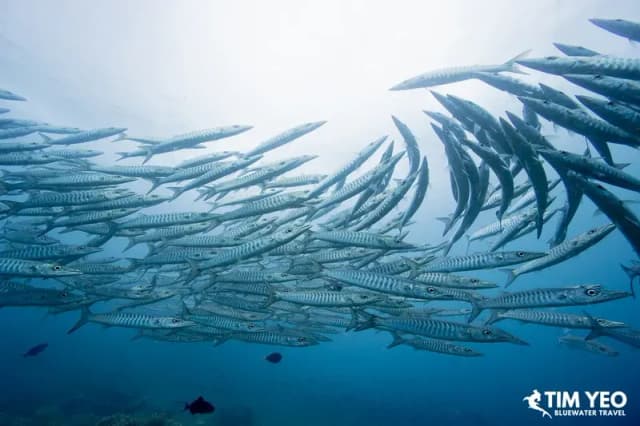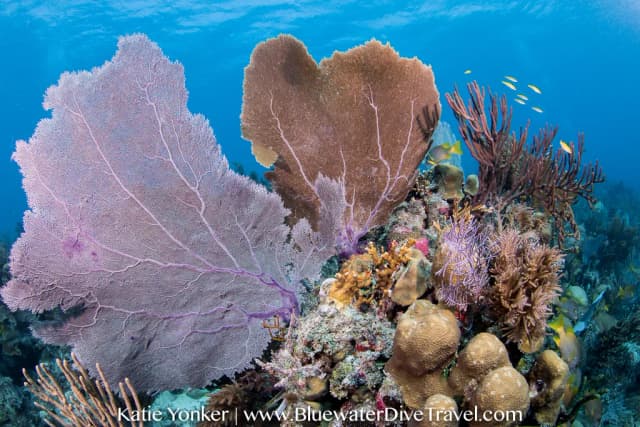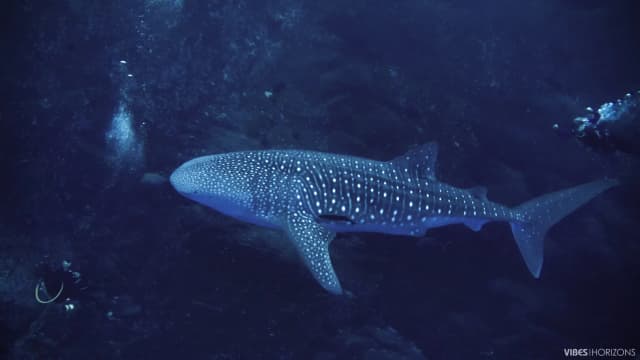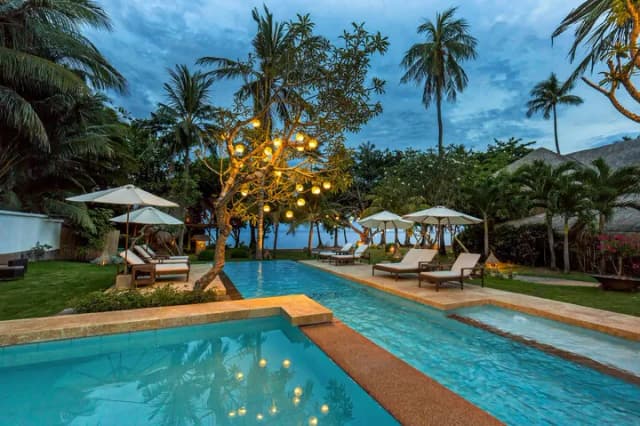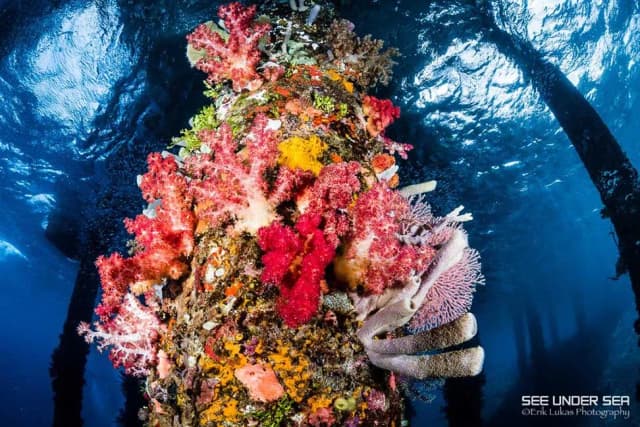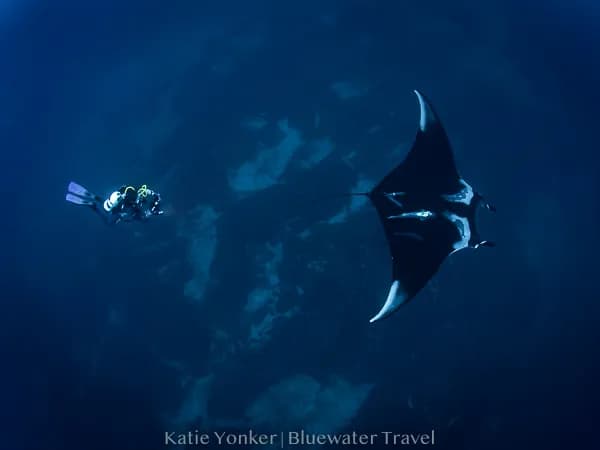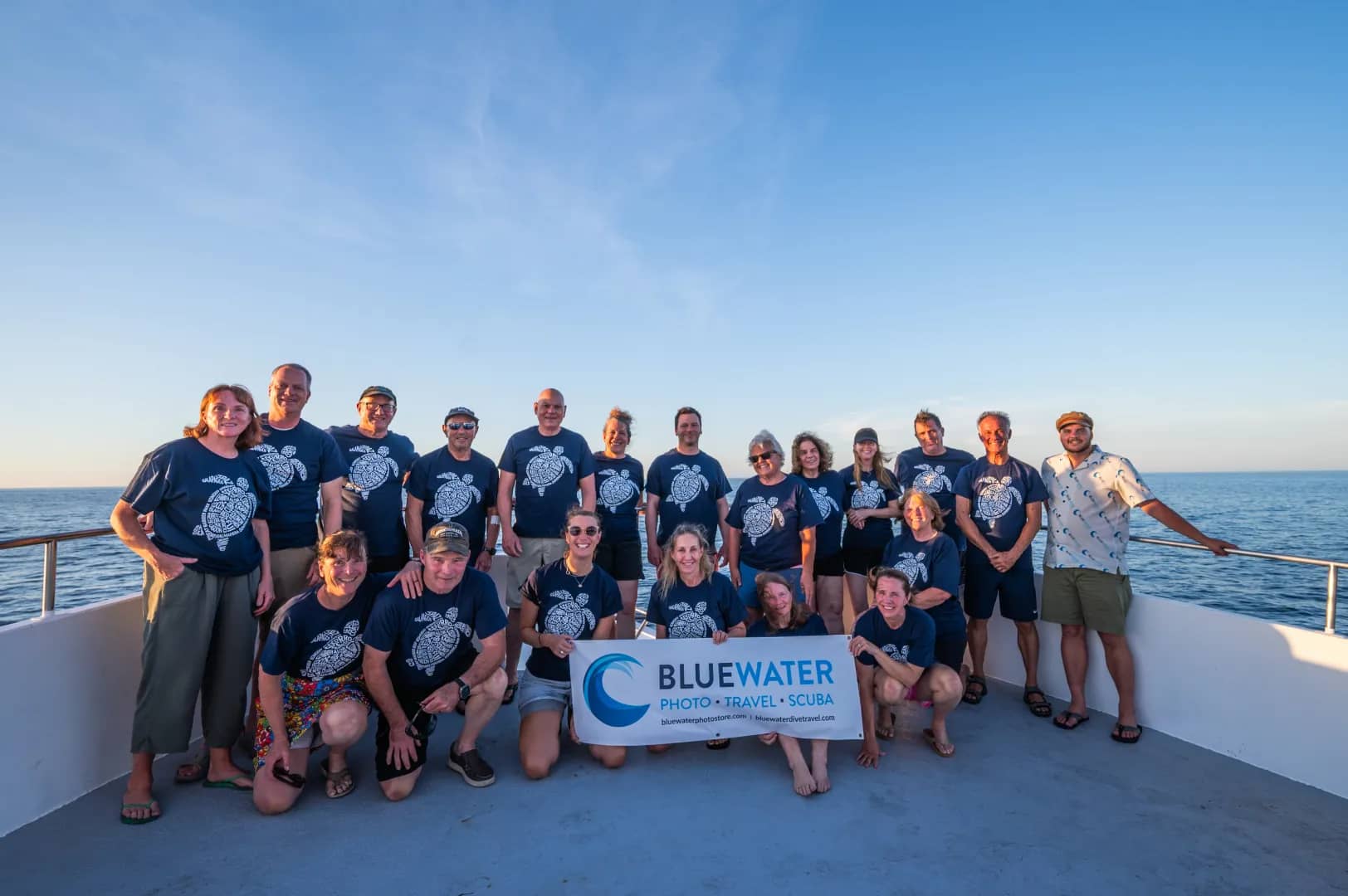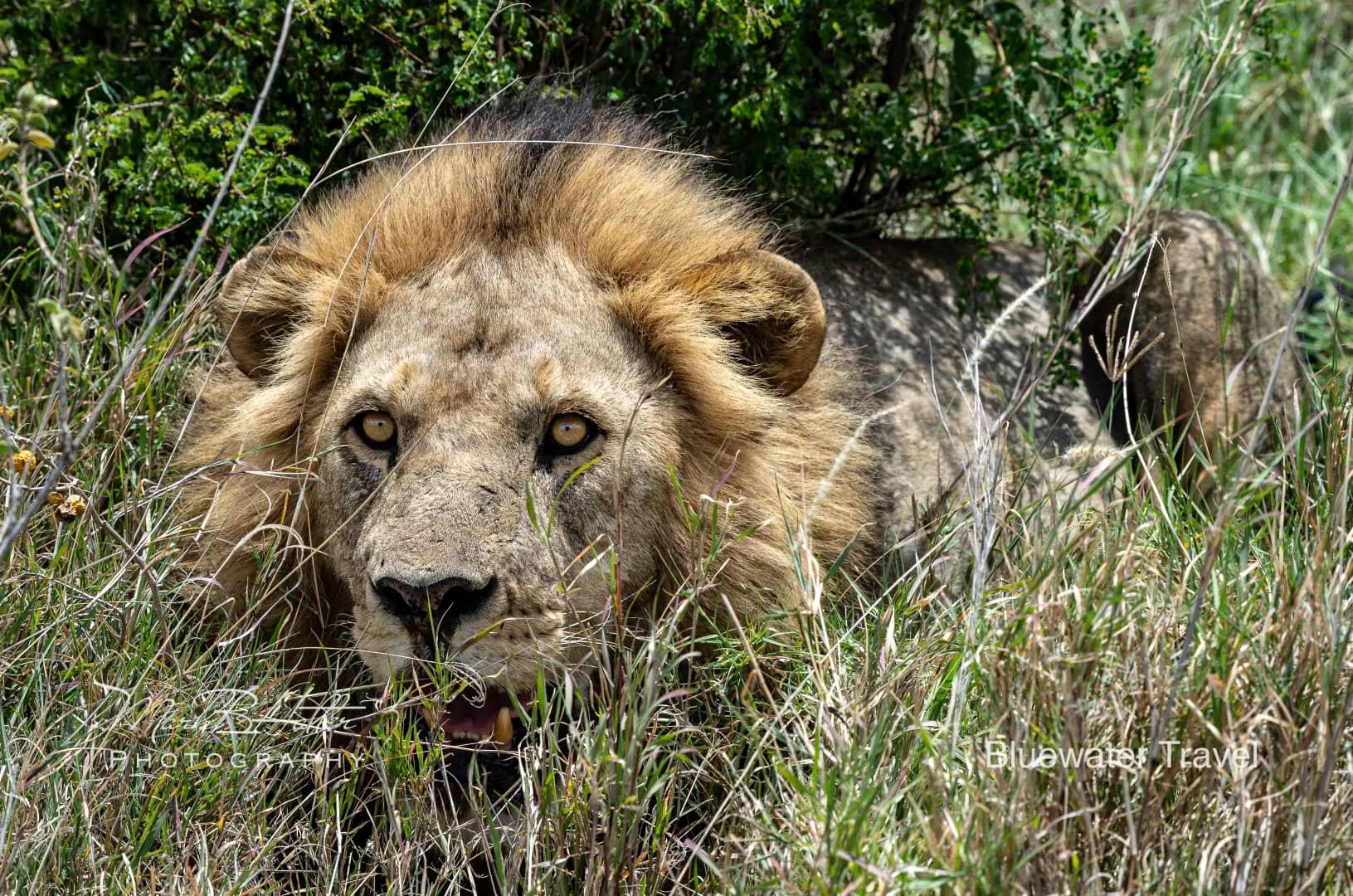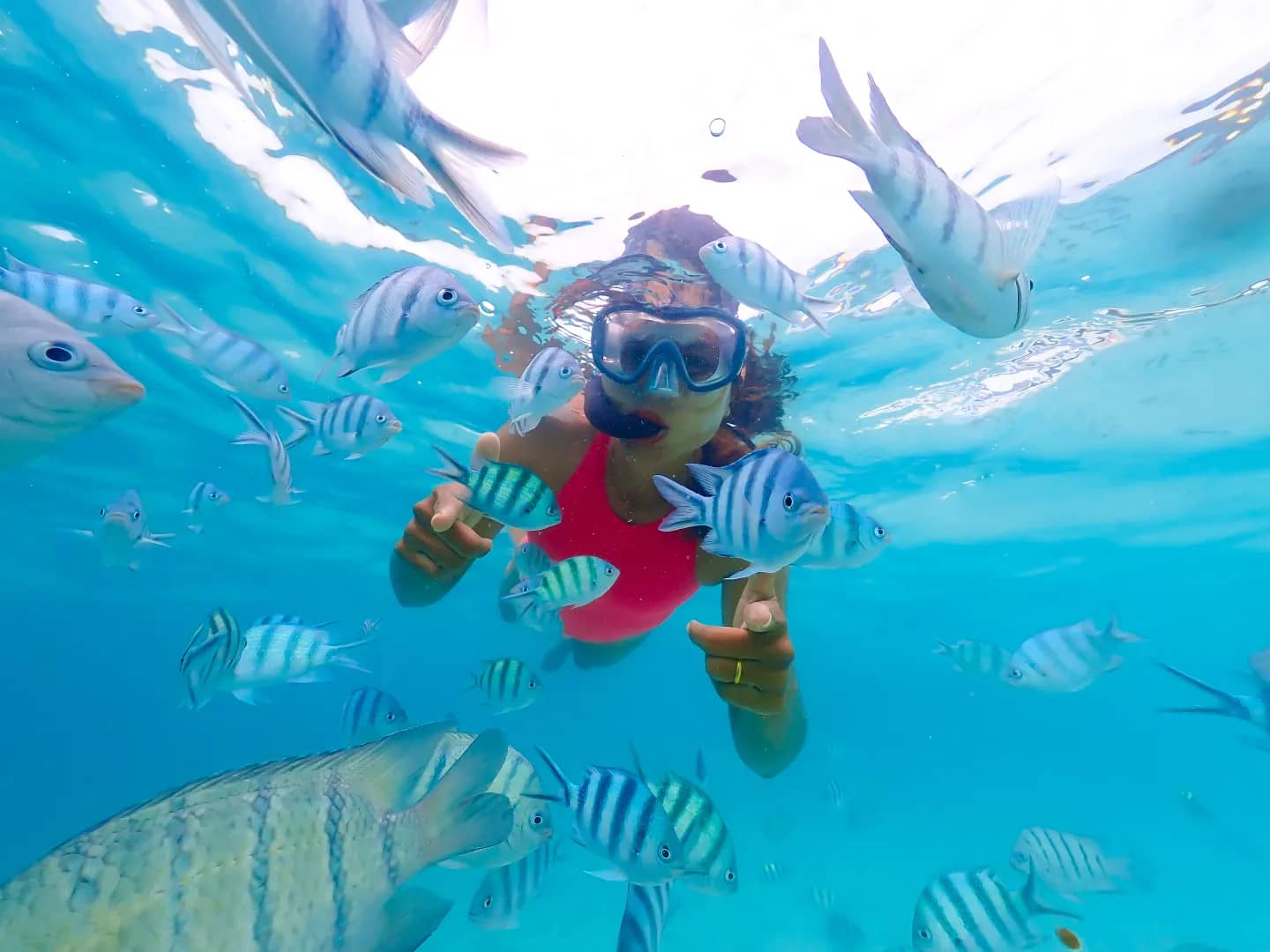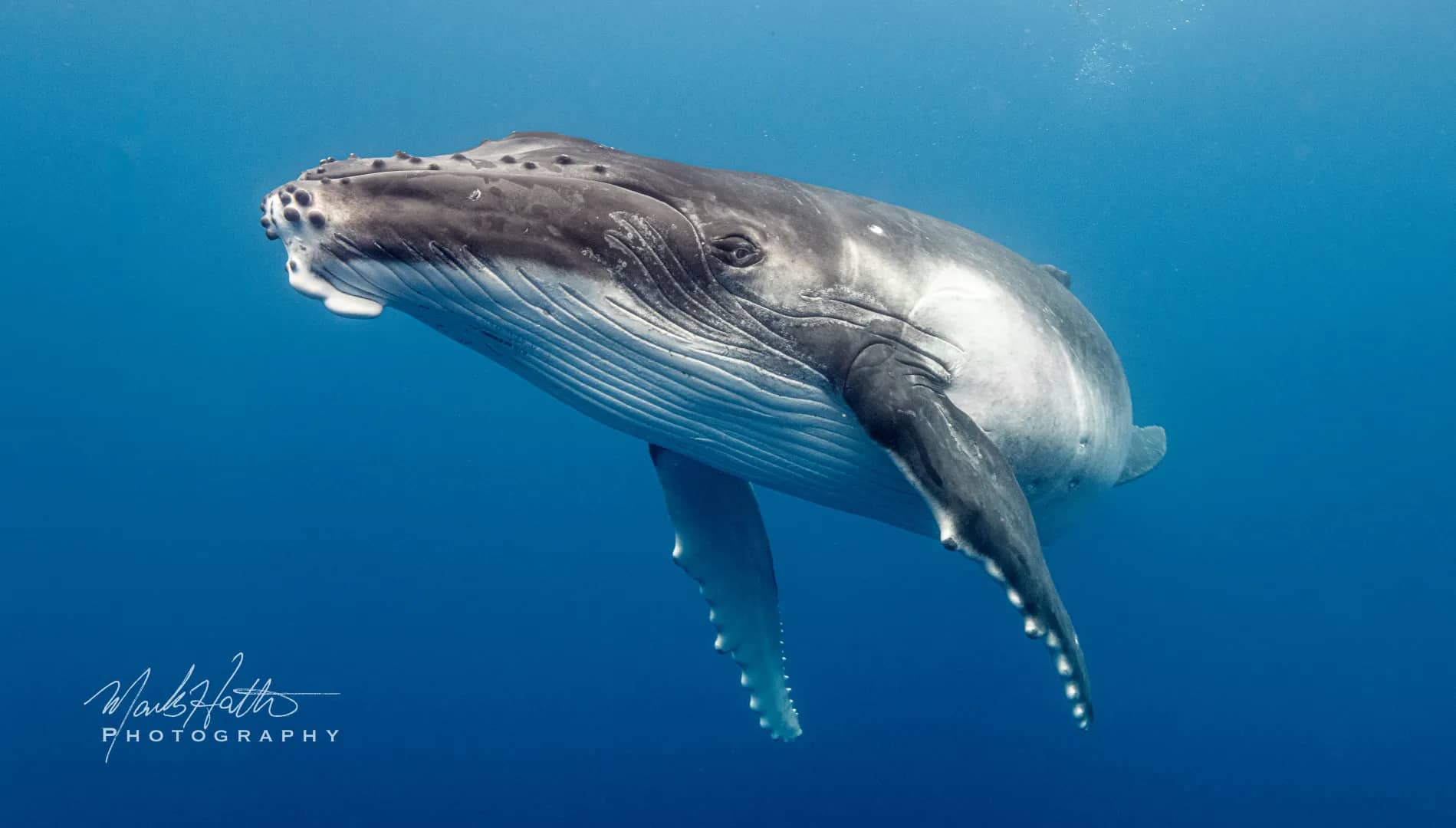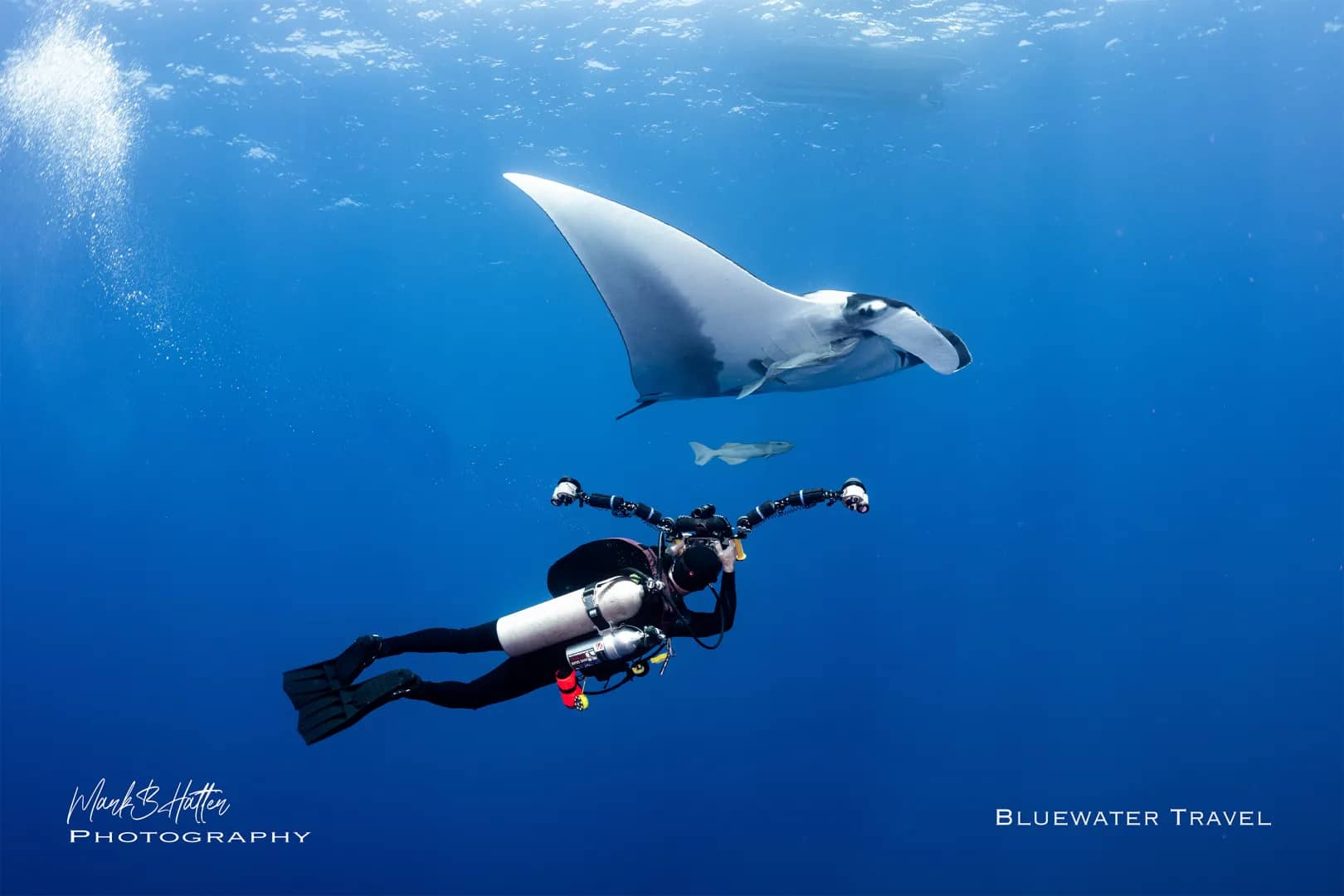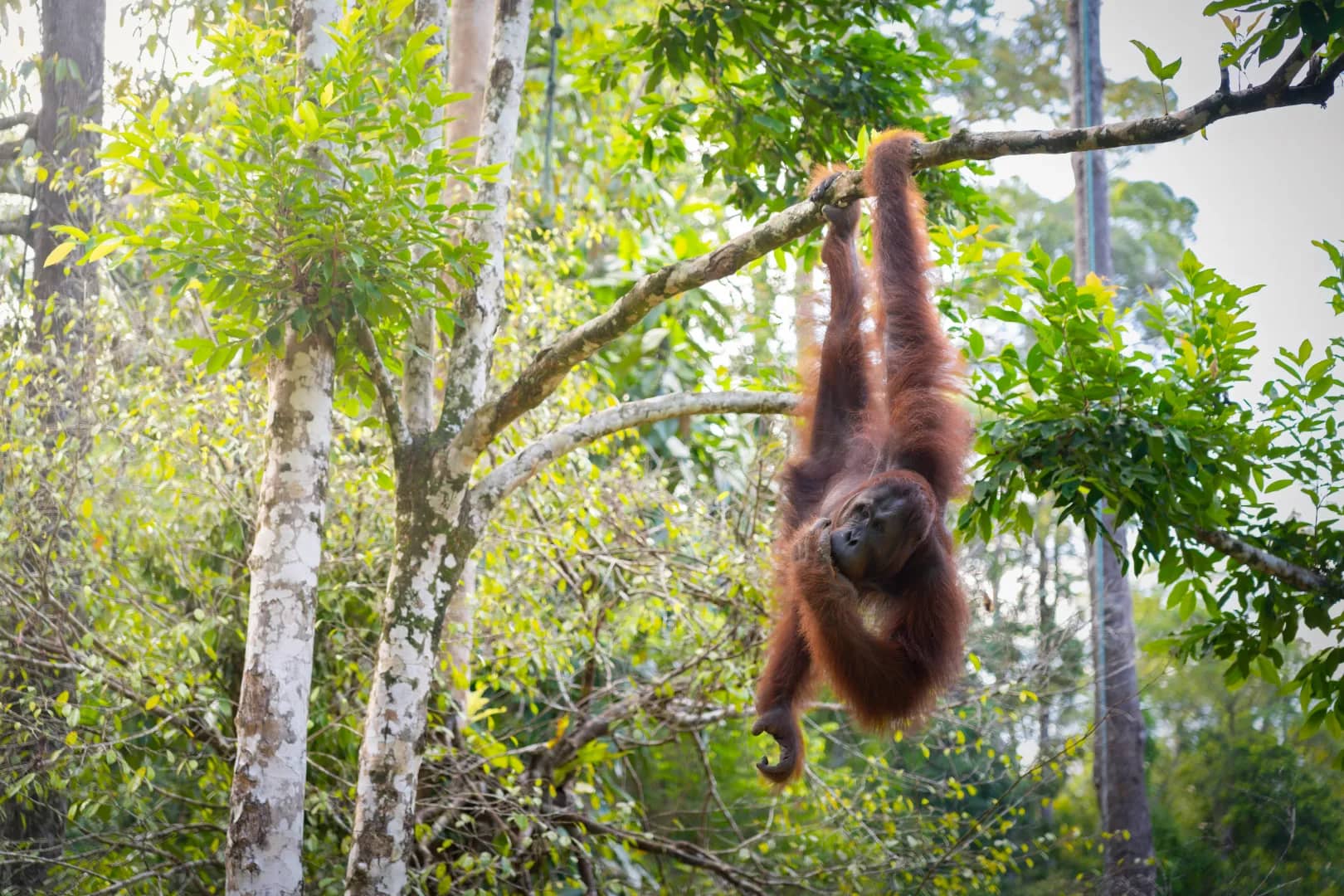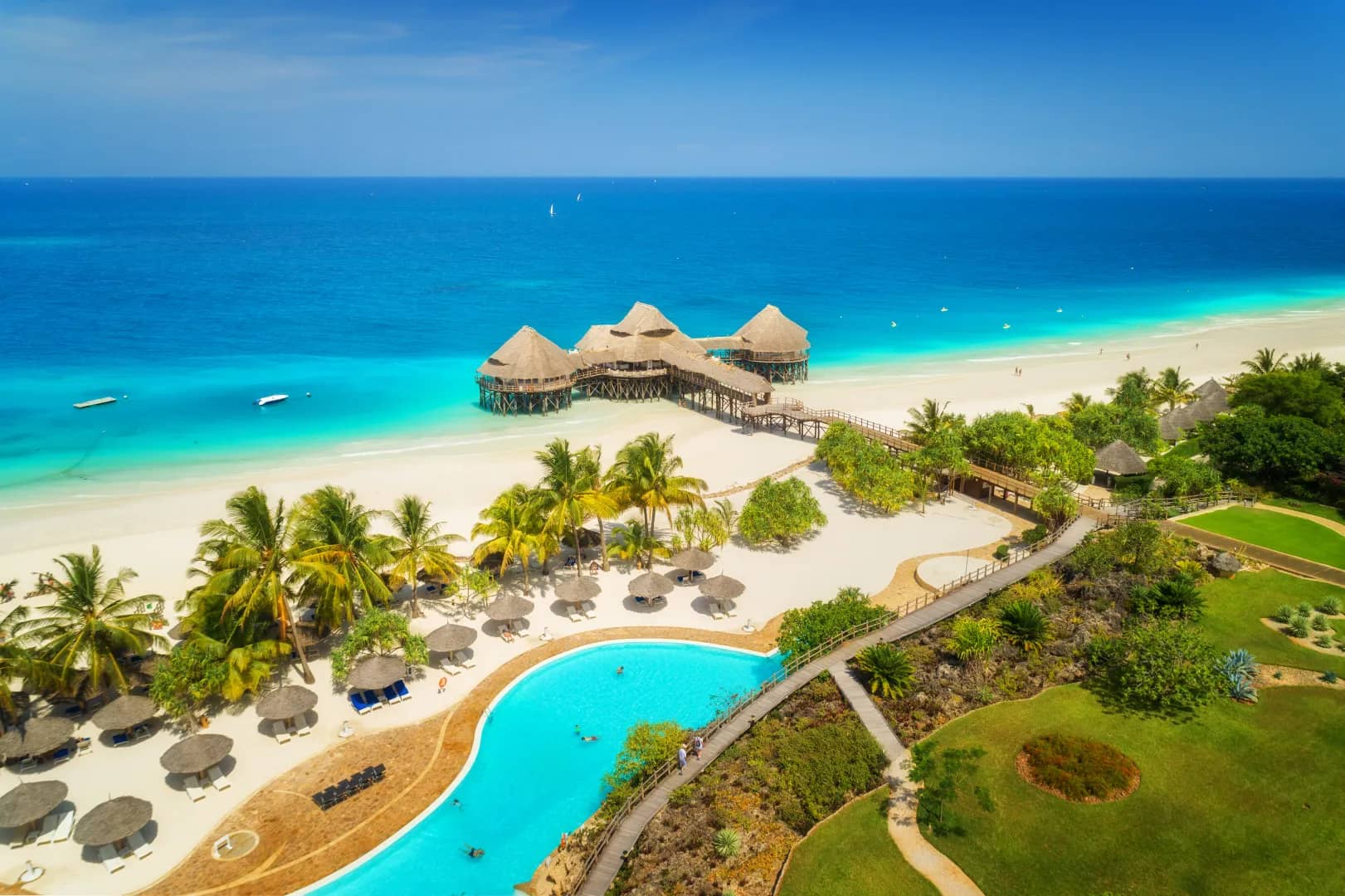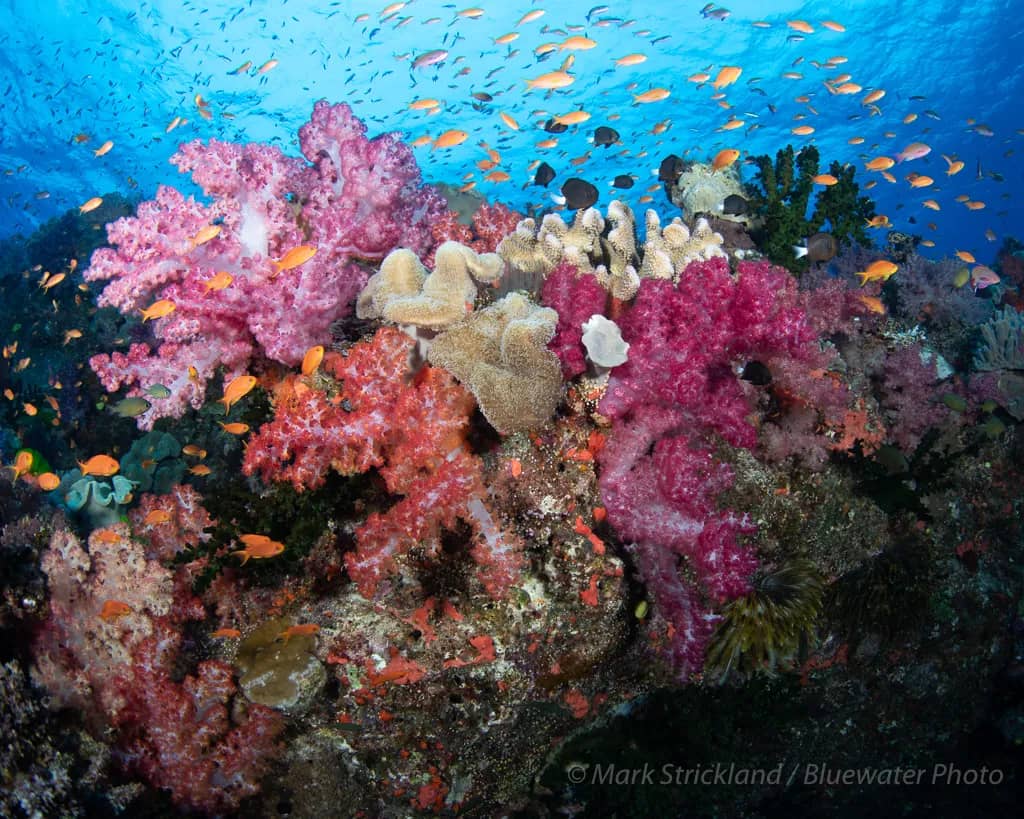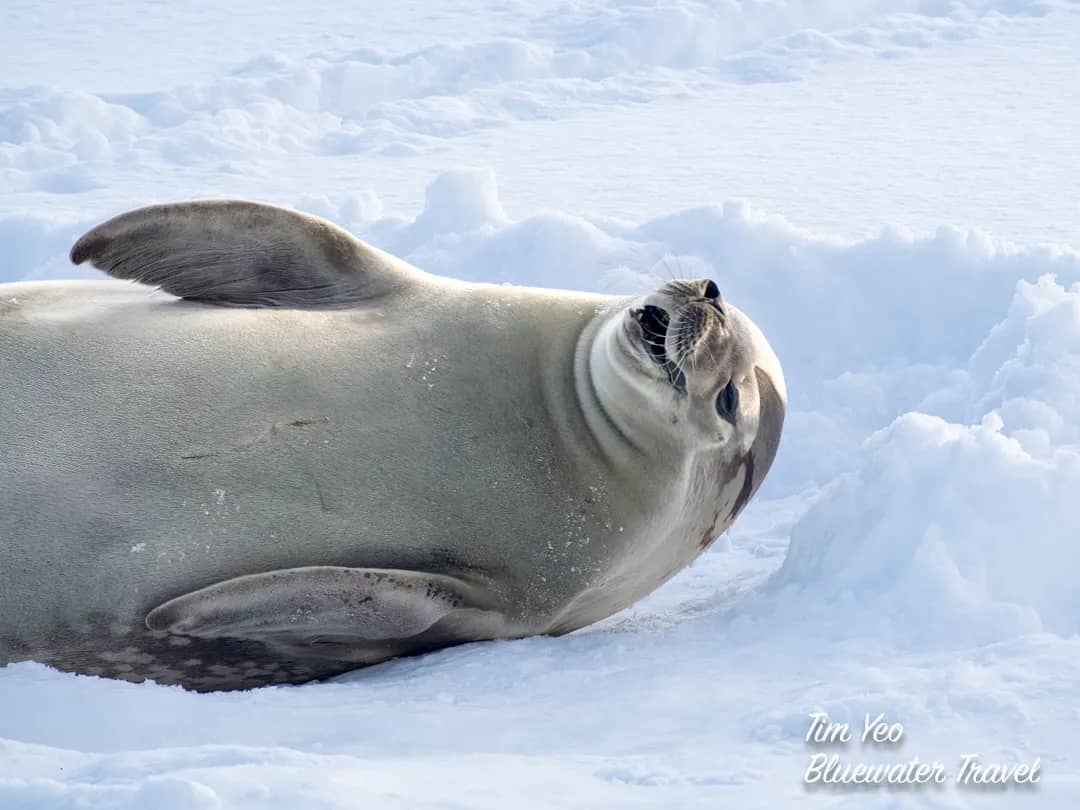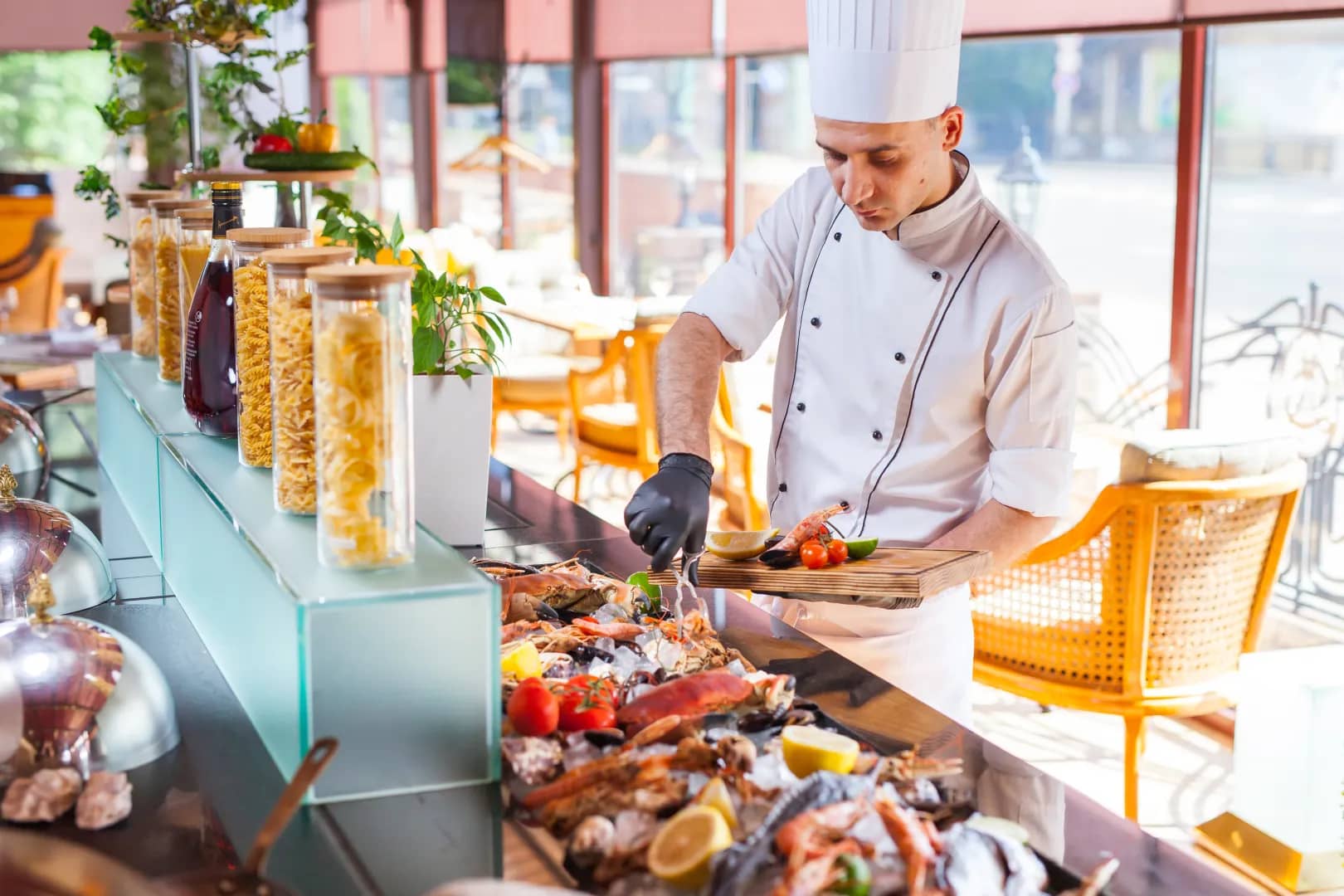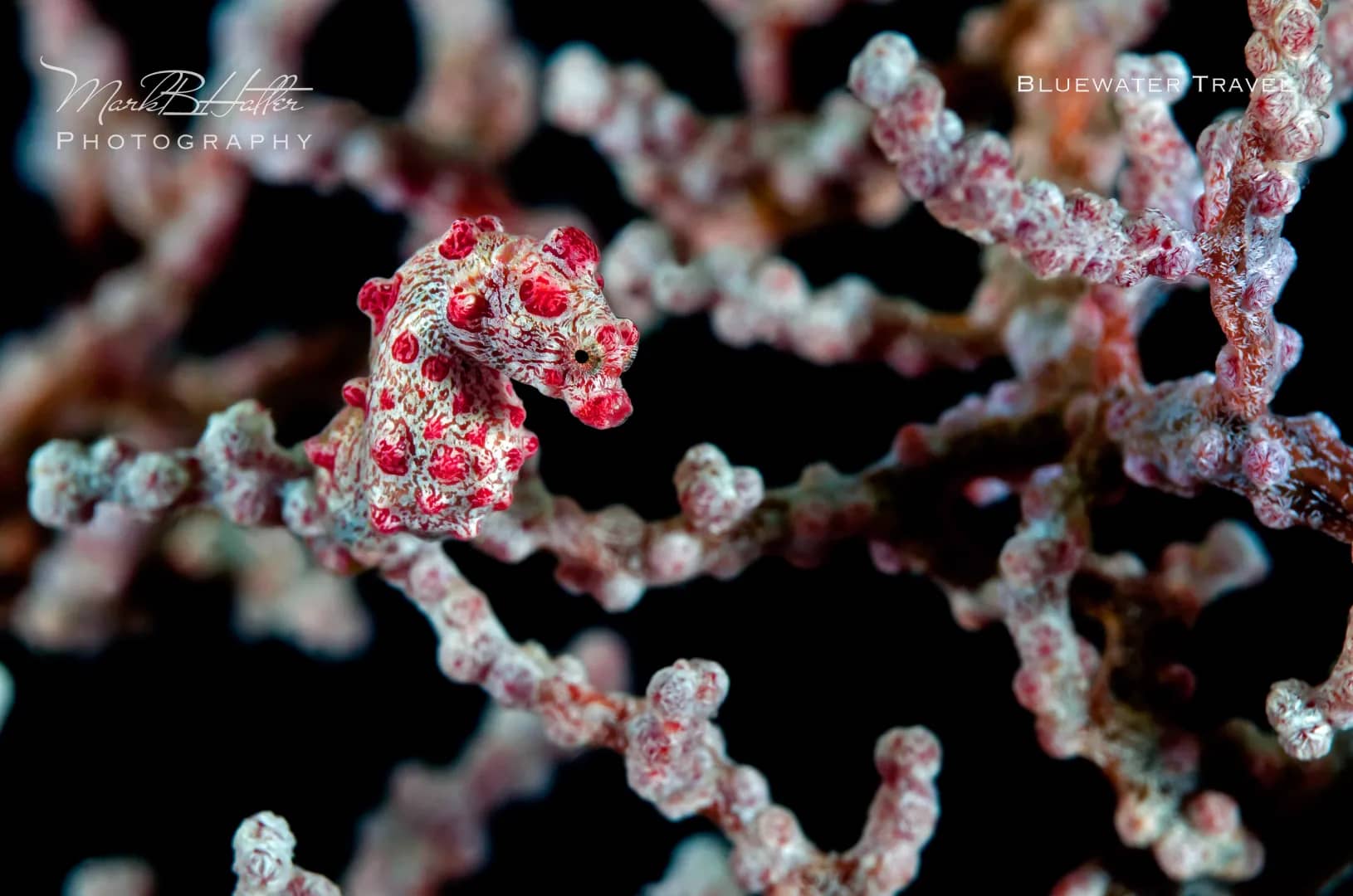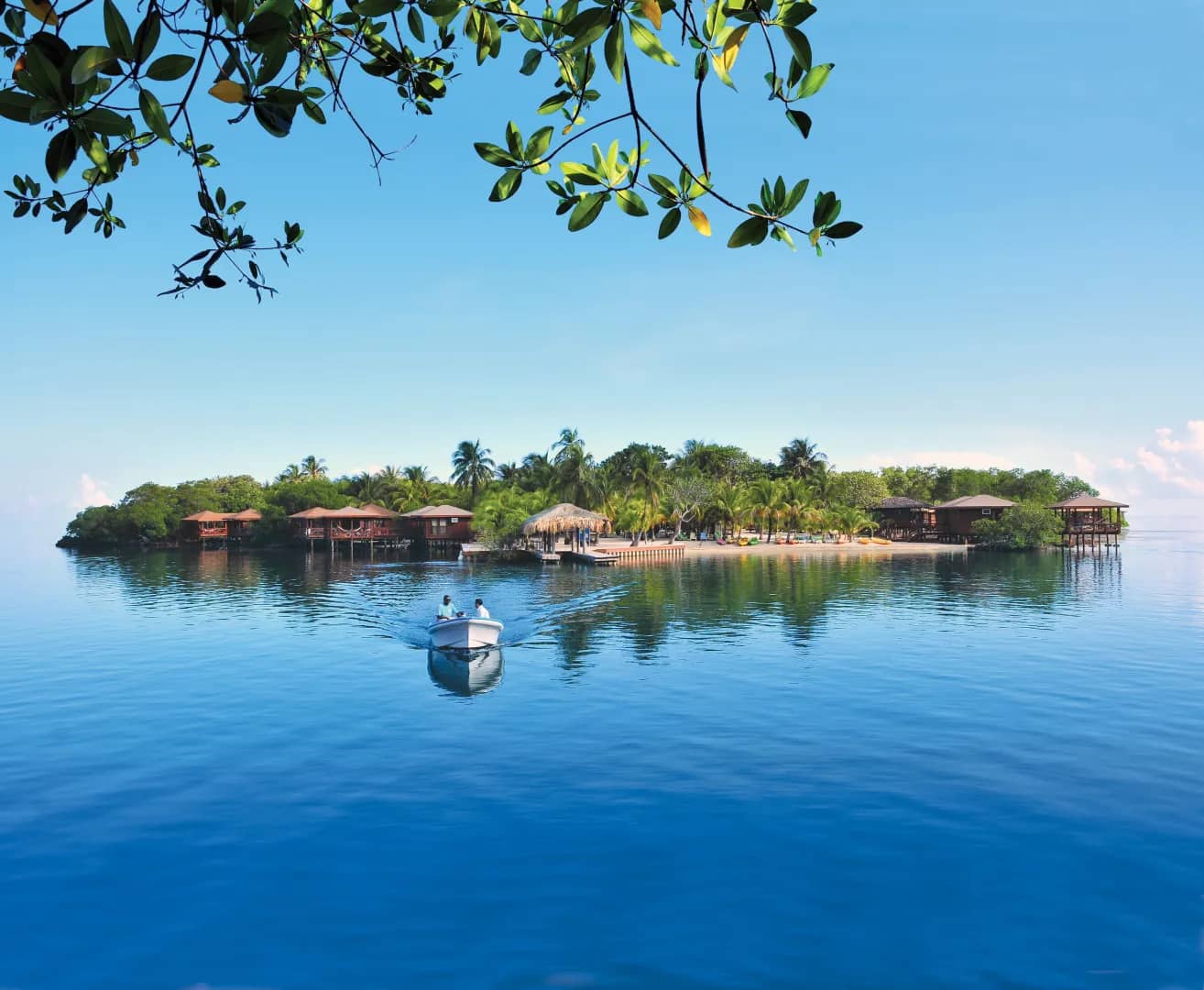Best Diving in Indonesia - Top 10
Scuba diving in Indonesia is simply a must for any avid diver. Hosting over 25% of the worlds fish species, as well as over 72% of the worldwide coral species, Indonesia is often cited as the world's epicenter of biodiversity with the greatest marine life variety ever recorded on earth, alongside the Philippines and a small number of other Coral Triangle destinations.
Whether you're into macro critters, big animals, beautiful corals, or thrilling drift dives and prefer luxury resorts, liveaboards, or budget lodges, Indonesia has it all. The Seaisee liveaboard offers divers a contemporary vessel equipped with state-of-the-art facilities for exploring Indonesia's rich marine biodiversity. Here at Bluewater Travel, Indonesia is a huge favorite among our dive travel experts, and we know that choosing a dive vacation spot in this massive country is no easy task. With all its marine critter and dive site diversity, Indonesia offers some of the best liveaboard diving in the world! For those seeking to explore one of Indonesia's hidden gems, consider our Halmahera Remote Indonesia Liveaboard Trip – August 2027, offering pristine reefs and unique marine biodiversity. One of the most comfortable ways to explore these regions is aboard the Blue Manta Liveaboard, known for its spacious layout and expert dive guides.
Check out some of Asia's top dive destinations.
To make it easier for you to choose your next dive vacation spot, we've listed down some of Indonesia's best dive spots, complete with all the highlights and why they might be a great fit for you.
View Liveaboards & Availability
Best Diving Spots in Indonesia
Here are some of the best scuba diving spots in Indonesia, in alphabetical order. Pick one or scroll down to read the entire list:
1. Ambon Bay, Maluku- World-class muck diving
2. Alor, East Nusa Tenggara- Indonesia's hidden gem
3. Banda Sea, Maluku- Sea snakes and hammerheads!
4. Bali- Wrecks, tiny critters, manta rays, Molas--Bali has it all!
5. Derawan Islands, Borneo- Jellyfish lake, manta rays, and whale sharks!
6. Komodo, East Nusa Tenggara- Thrilling drift dives and world-class reefs
7. Lembeh, North Sulawesi- The world's muck diving capital
8. Manado & Bunaken, North Sulawesi- World-class wall dives & pristine reefs
9. Raja Ampat Area, West Papua- The holy grail of Indonesian scuba diving.
10. Wakatobi, South East Sulawesi- Exclusive area with some of the world's most beautiful coral reefs.
See also: Other Dive Areas in Indonesia- Liveaboards & Dive Resorts - Travel Tips
1. Ambon Bay, Maluku
Excellent Muck Dives!
Ambon is the capital city of Maluku Province, known to scuba divers for its world-class muck dives.
Critters that can be seen here include rhinopias, frogfish, ghost pipefish, lots of juvenile fish, stonefish, mandarin fish, nudibranchs, harlequin and Coleman shrimps, wonderpus, mimic and flamboyant cuttlefish, and even the much-sought-after psychedelic frogfish!


Rhinopias are highly sought after in Ambon.
Resort-based diving is the norm in Ambon although some liveaboards would often include it as the final stop/starting point of Raja Ampat and/or Banda Sea liveaboard trips.
Learn more about diving Ambon, including our selection of Ambon dive resortsandliveaboards.
Practical Information
- Diving Season: September to June. July to August is the Southeast monsoon season.
- Difficulty: Beginner to Advanced.
- Nearest Airport: Ambon (AMQ). Direct flights are available from Jakarta (CGK), Sorong (SOQ) and Manado (MDC)
- Topside Activities: Limited.
2. Alor, East Nusa Tenggara
Indonesia's Hidden Gem
Alor is one of Indonesia's hidden gems. This off-the-beaten-path dive destination offers a mix of both world-class wide-angle and macro sites. Pristine coral reefs, steep walls, sloping muck sites--the diving in Alor is really diverse and would please the most discerning diver and underwater photographer.


You can see plenty of small and medium-sized fish along with sponges and colorful corals while diving Alor. Macro photography enthusiasts can find small subjects such as frogfish, leaf scorpionfish, pygmy seahorses, eels, and various nudibranchs. Bigger animals like Mola molas and sharks can also be seen although sightings are less common.
Most of the diving in Alor can be done through a resort. Some liveaboards also include Alor from time to time while visiting the Banda Sea or Komodo.
See Erik Lukas's full report and photos from his Alor diving trip in 2017, or contact us for resort and liveaboard options.
Practical Information
- Diving Season: March to December offers the best conditions. The weather and diving conditions could be rough and unpredictable in other months. Find out why we love visiting Alor in August!
- Difficulty: Intermediate to Advanced. Some of the sites could have strong and unpredictable currents.
- Nearest Airport: Alor (ARD). Flights to Alor are available out of Jakarta (CGK) and Bali (DPS).
- Topside Activities: Limited.
3. Banda Sea, Maluku
Excellent Dive Area For Sea Snakes And Hammerheads!
The Banda Sea is an up-and-coming liveaboard diving destination in Indonesia, visited by most liveaboards around the months of September to October, and April or May before or after setting sail to Raja Ampat.
Most of the diving around the Banda Sea involves excellent wall dives and great macro sites, but the biggest draw is probably the resident sea snakes at Manuk and Gunung Api islands.


The Banda Sea has also been gaining popularity asone of the few destinations in Southeast Asia where divers have a decent chance to seeschooling hammerheads. Divers can also see big schools of fish and occasional reef sharks and rays.
On top of all that, divers have the benefit of the best the region has to offer, which are amazing visibility and dramatic topography, as well as uncrowded dive sites and lush reefs!
Due to the remote location, diving in the Banda Sea is only possible via liveaboard.
Practical Information
- Diving Season: March to May and September to November offer the best conditions. The weather and diving conditions could be rough and unpredictable in other months.
- Difficulty:Intermediate to Advanced. Some of the sites could have strong and unpredictable currents.
- Nearest Airport: Popular ports include Ambon (AMQ), Alor (ARD), Maumere (MOF), Saumlaki (SXK), and Kaimana (KNG).
- Topside Activities:Limited.
4. Bali
Very Diverse Dive Area With Plenty Of Other Things To Do
Bali, the Island of the Gods as they call it, is easily themost popular tourist hotspotin Indonesia and is probably theeasiest scuba diving destinationin the country for international travelers.
Unique critters, fascinating wrecks, beautiful walls, colorful corals, excellent muck dives, huge schools of fish, pelagics -Bali has it all. If you're particularly interested in diving with Mola Mola, Bali's sunfish, check out this podcast. Technical diving and freediving are also possible in Bali with a good number of reputable dive operations.
Topside, the island is no less vibrant, with manybeautiful beaches,world-class surf spots, plenty of great bars and restaurants, and shopping areas in the south; fascinating Hindu temples pretty much everywhere on the island; and lush and unique ricefields and plenty of opportunities to see theunique local culture in Ubud.


Schooling bumphead parrotfish, photographed by Bluewater owner Scott Gietler at USAT Liberty Wreck.
Bali's top dive sites can be found off its eastern and northern coastlines, and at Nusa Penida island.
The USAT Liberty Wreck in Tulamben, East Bali, is one of the most popular sites in the area. The site can be easily accessed from the shore and can be dived many times while shooting wide-angle or macro. You can see bumphead parrotfish, Napoleon wrasses, barracudas, jacks, sweetlips, turtles, and more.


Up-close shot of a Mola by Bluewater owner Scott Gietler.
Nusa Penida is a reliable place for up-closemanta ray encounters and diving with the odd-looking Mola molas. July to October are the popular months for Mola mola sightings, but the season has been slowly shifting in the past few years.
If you want to dive with this awesome animal in Bali, check the latest Mola Mola sighting information and tips with your dive operator or travel advisor before booking your trip!
Land-based diving is the norm in Bali with many great dive operators and resorts to choose from, for all kinds of budgets. Many tour operators offer visitors to opt-in for a land-based tour around the island to experience the local culture, an experience that we highly recommend!
Bali is also easy tocombine with a trip to Komodo. Some liveaboards depart from Bali to visit Komodo, and even if they don't, Labuan Bajo (LBJ), the embarkation port of most Komodo trips, is only a one-hour flight away.
View dive resorts in Bali or learn more about diving Bali.
Practical Information
- Diving Season: Year-round, except for Mola mola diving, which is seasonal. December to February are the rainiest months and are best avoided. July to August is the peak tourist season.
- Difficulty: Beginner to Advanced. Bali has many beginner-friendly dive sites.
- Nearest Airport:Fly internationally into Bali (DPS), and you'll be there!
- Topside Activities:The list goes on: golfing, beach hopping, hiking, cultural tours, bar hopping, coffee tasting, etc.
5. Derawan Islands, East Borneo
Jellyfish Lake, Manta Rays, And Whale Sharks!
Derawan is a remote group of islands in East Kalimantan (East Borneo), and is home to one of the three jellyfish lakes known to men, with the other two located in Palau and Misool Island in Raja Ampat.


The diving is spread across its 4 main islands: Kakaban where the jellyfish lake is; Sangalaki a hotspot for manta rays and turtles; Maratua, where many reef sharks, huge schooling barracudas, and eagle rays reside; and Derawan itself, which offers good drift and muck dives, as well as a chance to snorkel with whale sharks.
The diving infrastructure in Derawan is not as strong as that of most of the destinations listed here, but there are a good number of reputable liveaboards and dive resorts in the area.
Contact us for dive resort and liveaboard options in Derawan, orlearn more about diving Derawan.
Practical Information
- Diving Season: Year-round, with October to June the best time to see manta rays in abundance.
- Difficulty: Beginner to Advanced.
- Nearest Airport: Berau (BEJ) or Tarakan (TRK), accessible from Jakarta (CGK).
- Topside Activities: Limited
6. Komodo, East Nusa Tenggar
Amazing Drift Dives, Pristine Reefs, And Big Schools Of Fish
One hour from Bali by plane lies Komodo National Park, a group of volcanic islands with over 5,700 giant lizards known as Komodo dragons. This UNESCO World Heritage Site also hosts a world-class scuba diving scene. Think thrilling drift dives with colorful corals in various formations teeming with marine life, big and small. Divers can see big schools of fish year-round, as well as eagle and manta rays.


An outstanding variety of coral formations and incredible fish life make diving Komodo really special. By Mark Strickland.
Diving in Komodo can be divided into three distinct areas: North, Central, and South Komodo.
North Komodo is the hotspot for drift dives, with big schools of fish and various pelagic species, which can be seen at their cleaning stations. The currents are typically strong, and diving here is more suitable for experienced divers, but that's one of the main reasons why diving Komodo is so exhilarating and rich with sea life!
The Cauldron, or Shotgun,is a huge favorite among divers. The rip current that this site is famous for will grab and "shoot" you through the channel which overflows with various marine life like big schools of trevally, snappers, and reef sharks. Manta and eagle rays are also commonly spotted.
Central Komodo is no less exhilarating, with world-class dive sites like Batu Bolong, which boasts a mindblowing spectrum of colors and fish life, and Manta Point,where up to 50 mantas can be seen at once, mating and feeding if you come during the right season. There are also many excellent macro sites in the area.


Schooling Sweetlips in Komodo by Mark Strickland.
North and Central Komodo areas can be dived year-round but March to October offers the best dive conditions, and we love to visit Komodo in May and September.
Even though they're geographically very close to each other, South Komodo can almost be considered an entirely different dive destination due to the differing climates. In North Komodo, water temperatures average between 27-28C (81-82F), while South Komodo is considerably colder, with water temperatures averaging 23-24C (73-74F ). Therefore, packing several different wetsuit combinations when diving both North and South Komodo is a must!
South Komodo also offers excellent critter life, boasting unique species that you might not be able to find in more reputable macro destinations like Lembeh, Ambon or Anilao, so definitely bring your macro lens along with you when diving South Komodo!
This area is best dived from November to February and is famous for its epic walls, dramatic swim-throughs, and overall stunning topography. The landscape of this area is also not to be missed.
Check out Mark Strickland's recap of photos of Bluewater's Komodo Dive Trip in 2017!
Similar to Bali, Komodo has a very strong diving infrastructure with plenty of dive operations to choose from. You can find budget-friendly dive hostels, luxury dive resorts, short liveaboard trips aboard a budget boat, longer trips on a luxury yacht, and the list goes on.
However, Komodo is not the easiest area to dive and choosing a reputable dive operation is key to having the best experience above and below the water. Do not hesitate to contact us for recommendations based on your preferences and requirements!
View all liveaboards anddive resortsin Komodo or learn more about diving Komodo.
Practical Information
- Diving Season: Year-round, with the best dive conditions in March to October (North & Central) and November to February (South).
- Difficulty: Intermediate to Advanced. The currents are typically quite strong.
- Nearest Airport:Labuan Bajo (LBJ), accessible from Bali (DPS).
- Topside Activities:A land-based tour to see the Komodo dragons is a must. There is also a good number of nature-based and cultural tours to choose from.
7. Lembeh, North Sulawesi
The Place To Be For Underwater Macro Photography Enthusiasts
Known as the world's capital for muck diving, Lembeh Strait in North Sulawesi offers second-to-none macro biodiversity. The number of species that you can cross off your critter list within a week of diving Lembeh is staggering, to say the least.


Hairy frogfish yawning. Shot by Matt Sullivan while leading a Bluewater macro photography workshop in Lembeh.
On a typical Lembeh dive trip, you can seehairy frogfish, flamboyant cuttlefish, juvenile barramundi, cod, juvenile pinnate batfish, rhinopias, harlequin shrimps, mandarin fish, snake blennies in the open, large beautiful stinging anemones...it's almost impossible to list them down on one page.
Check out the ultimate critter list with over 130 macro species found across Anilao, Bali, and Lembeh on our sister website uwphotographyguide.com.
Lembeh also offers excellent diving infrastructure along with its reputation as an underwater macro photography hotspot. Most dive resorts are photographer-friendly and have exceptionally skilled local dive guides to help you find the tiniest, rarest critters that are almost impossible to see with the naked eye.
Located only a 2-hour drive away from Manado Airport (MDC), Lembeh is easy to combine with other diving hotspots in Sulawesi, such as Bunaken, and can even be considered as an extension option after/before a trip to Raja Ampat. Direct flights to Bali are also available.
View alldive resorts in Lembehand learn more aboutdiving Lembeh.
Practical Information
- Diving Season: Year-round, the best dive conditions are from March to October (North & Central) and November to February (South).
- Difficulty: Beginner to Advanced.
- Nearest Airport: Manado (MDC), accessible from Bali (DPS) and other major airports in Indonesia.
- Topside Activities:Take a tour to Tangkoko National Park to see Tarsier monkeys and Celebes crested macaques.
8. Manado & Bunaken, North Sulawesi
Some Of The World's Best Wall Dives With Excellent Diversity
Manado is more than just a stop for those intending to visit Lembeh. Manado Bay, which is only 30 minutes away from the airport, offers a mix of great muck and reef sites, treating divers to unique critters like mimic octopus and flamboyant cuttlefish, as well as various seahorses, squids,nudibranchs, and frogfish.


Barracuda tornado in Bunaken. Shot by Bluewater owner Scott Gietler.
Nearby Bangka Island boasts beautiful soft corals and an overload of untouched reefs, with bigger marine life like reef sharks, rays, tunas and barracudas and smaller critters such as pygmy seahorses and various shrimps.
Then, let's not leave out Bunaken National Park, a marine sanctuary, home to some of the world's best wall dive sites, with staggeringly beautiful coral walls and large and small marine life including reef sharks, schooling fish, sea snakes, a plethora of critters, and the occasional eagle rays and stingrays. Resident pods of dolphins and pilot whales can often be seen from the boat.
Diving in the area is predominantly land-based, with a number of great operations located in town and near Bangka island.
View alldive resorts in Manado & Bunakenand learn more about diving Manado & Bunaken.
Practical Information
- Diving Season: Year-round, with the best dive conditions in March to October.
- Difficulty: Beginner to Advanced.
- Nearest Airport:Manado (MDC). It serves as a domestic and international airport with direct flights out of Jakarta (CGK), Bali (DPS) and various Asian cities, including Singapore (SIN) and Kuala Lumpur (KUL).
- Topside Activities: Bunaken is snorkeler-friendly, and most resorts offer land-based tours to the area's local villages, lakes, volcanos, and various nature and animal reserves. Paragliding and white water rafting tours can also be arranged.
9. Raja Ampat, West Papua
Richest Marine Life - The Holy Grail Of Scuba Diving In Indonesia
No guide to diving in Indonesiawould be complete without mentioning the holy grail of the country's scuba diving where the world's richest coral reefs can be found, Raja Ampat. Over 1,400 fish species and 72% of the world's known coral species call Raja Ampat home, hence the nickname 'species factory'.
Alongside Kaimana Regency and Triton Bay in the south and Cenderawasih Bay in the east, the Raja Ampat archipelago makes up a massive area collectively known as the Bird's Head Seascape. To sum it up, you can visit the Raja Ampat area many times in your life and discover something new each time.
Some of Raja Ampat's best diving can be found in the Dampier Strait, a vast area separating Waigeo (North) and Batanta (Central); and Misool Island(South).
Cape Kri near Dampier Strait is world-famous as the most diverse dive site in the world. Dr. Gerald Allen hit the world record by documenting 374 fish speciesin a single dive at this site!Misool Islandbursts with colorful soft corals and plentiful mangrove forests. You can even see both at some sites, with soft corals growing on the mangrove roots!Batanta, the smallest island out of the four main ones that make up Raja Ampat, offers world-class muck sites.
The long list of marine life that can be seen on a Raja Ampat dive trip includes some endemic species such as Raja Ampat epaulette shark, tasseled wobbegong shark, and Papuan garden eel. Bigger species, like reef sharks and manta rays, can also be seen at some of the sites.


Tasseled wobbegong shark. Captured by Katie Yonker in Raja Ampat.
Cenderawasih Bay, in the northwestern tip of West Papua, is best known for up-close whale shark encounters; while the untouched Triton Bay in the south tip of the province offers excellent biodiversity, due to its incredibly nutrient-rich water which in turn makes the visibility rather poor. Whale shark diving is also possible in Triton Bay.
A 10-night liveaboard trip is usually the minimum to see Raja Ampat's best sites from north to south in one visit, but various shorter and longer variations are available year-round, often in combination with other dive regions in Indonesia. Discover what we experienced during our 2024 group trip to Raja Ampat.
View all liveaboards and dive resorts in Raja Ampat or learn more about diving Raja Ampat.
Practical Information
- Diving Season:Year-round.
- Difficulty: Intermediate to Advanced. Beginners might not be able to dive some of the top sites.
- Nearest Airport:Sorong (SOQ). Some liveaboard trips may depart/arrive from/to different towns, so be sure to check where your trip departs from.
- Topside Activities: Limited, but there are many snorkeler friendly sites. Land-based visit to see the local villages could be arranged.
10. Wakatobi
Exclusive Area With Some Of The World's Most Pristine Reefs
Wakatobi National Park is another off-the-beaten-path dive vacation spot offering some of the world's richest marine biodiversity. This marine protected area is comprised of 4 main islands: Wangi-Wangi, Kaledupa, Tomia, and Binongko.


Reefscape photo taken in Wakatobi by photo pro Mark Strickland.
The reefs at Wakatobi, which was declared a national park in 1996, are extremely healthy and offer unique large coral formations, various sea fans, and sponges overflowing with marine life. The underwater topography is no less unique, featuring various walls, ridges, and overhangs. While it's not the place for large pelagics, eagle rays and reef sharks can typically be seen on a Wakatobi trip.
Theres no shortage of macro life in Wakatobi since its home to any nudibranch species, rare invertebrates, various seahorses, cuttlefish, and frogfish in the lineup. Sweetlips, lionfish, jacks, angelfish, leaf scorpionfish, and other tropical fish can also be found while diving in Wakatobi.
Divers can opt to stay on a liveaboard boat or at a resort; the choice is entirely yours. To date, there is only one liveaboard that stays in Wakatobi year-round, the Pelagian, but there are a few other liveaboards that visit Wakatobi during the monsoon season in southern Raja Ampat from July to September.
Check out this Wakatobi trip report and photos to learn what it's like to dive the area or see dive resort and liveaboard options in Wakatobi.
Practical Information
- Diving Season: Year-round.
- Difficulty: Beginner to Advanced.
- Nearest Airport: Bali (DPS) is the international gateway for reaching Wakatobi. You'll need a connecting flight to Wakatobi, typically through a chartered airplane. Contact us for assistance.
- Topside Activities: Limited, but there are many snorkeler-friendly sites. Land-based visits to see the local villages can be arranged.
Other Great Dive Areas In Indonesia
There's no surprise that new scuba diving destinations keep popping up in this country. After all, it's the world's largest archipelagic country! Check out our list of dive areas off the beaten path in Indonesia. Is there another dive destination in Indonesia that should be on this list? Let us know your thoughts!
Liveaboards & Dive Resorts In Indonesia
The Teman liveaboard offers a boutique diving experience, perfect for small groups seeking customized itineraries in Indonesia.
Interested in booking a dive resort or liveaboard in Indonesia?Bluewater Travel has lots of experience booking trips toIndonesia and over 70+ other destinations in the world. We are experts in boats, resorts, diving, and logistics.We can provide recommendations and help plan your trip from A to Z at no additional cost than doing it all yourself! To get started:
View our selection of Dive Resorts in Indonesia to find one that suits you best
Need recommendations? Contact us via email or by writing to us through the live chat box!
Indonesia Travel Information & Tips
About Indonesia
This archipelagic country hosts over 13,466 islands, 922 of which are inhabited, and many with world-class dive sites.There are 5 main islands and 2major groups of islands across 3 different time zones: GMT+7 (West Indonesia), GMT+8 (Central Indonesia), and GMT +9 (East Indonesia). You're completely spoilt for choice when it comes to choosing just some of the most beautiful Indonesian islands to visit out of all the possibilities.
Red = West Indonesia, Yellow = Central Indonesia, Green = East Indonesia. Source: commons.wikmedia.org
In the west you've got Sumatra, Java, and Kalimantan (Borneo); then Sulawesi and Lesser Sunda Islands (Bali and Nusa Tenggara) in the center; and the Maluku Islands and Papua (New Guinea) in the east.
Most of Indonesia's best dives are spread across Central and East Indonesia, with the exception of Derawan Islands in Kalimantan, and Pulau Weh, in the northern tip of Sumatra.
Best Time To Dive Indonesia
Most of Indonesia can be dived year-round, with March to October being the most popular time to dive in many areas. This period marks the dry season in most parts of the country, except for some dive areas like Ambon and southern Raja Ampat, where most rainfall occurs from May/June to October/September due to the southeast monsoon. It's best to visit these areas in November to April for optimal dive conditions, and Raja Ampat is one of our top destinations to dive in December.
Weather & Diving Conditions
Generally speaking, Indonesia's climate is almost entirely tropical, with May to September as the dry season and October to April as the rainy season, with heavier rainfall from December through February.
However, the opposite might be true for certain dive areas in Indonesia, like Raja Ampat and Ambon, and the best time of year to visit Indonesia really depends on where you intend to stay in the country.
The water temperatures remain quite consistent throughout the country, hovering at 26-29C (82- 85F) year-round. However, the diving conditions and difficulty in Indonesia vary greatly, depending on where and when you dive.
For instance, you'll find colder sites and areas such as at Crystal Bay, the Mola mola hotspot in Bali where the temperatures drop to 18-24C (64-75F). That said, don't forget to review the recommendations for the dive area that you plan to visit or consult your travel advisor before booking a trip!
How To Get To Indonesia
How you get to Indonesia depends on where you are traveling from, but there are international airports in some major cities. Domestic flights within Indonesia are more challenging so we've prepared a helpful guide to booking domestic flights.
Jakarta (CGK) is the main travel hub for visiting Raja Ampat, Alor, and most other remote areas in Indonesia.
Bali (DPS) is where you need to fly to dive Bali, Komodo, and Wakatobi. Flights to other areas such as Manado, and other remote areas are available, but the schedules tend to be less convenient than flights out of Jakarta.
Manado (MDC) also serves international flights and could be convenient if you're flying out of major Asian cities such as Kuala Lumpur (KUL) or Singapore (SIN).
Booking A Flight To Indonesia
Flight delays and cancellations are quite common in Indonesia, and your trip needs to be carefully planned to avoid any unpleasantness while traveling in and out of the travel destination of your choice,
We highly recommend asking your travel advisor before booking international flights and domestic flights.
We can give you recommendations, including how much time you need to allow between connecting flights and which hotel to book before and after your liveaboard, all at no additional cost to doing it yourself. Feel free to contact us for assistance with choosing the best flights!
Other Things To Do In Indonesia
The variety of land-based activities in Indonesia really depends on where you are and whether you stay at a resort or on a liveaboard. Most dive regions in Indonesia, except for Bali, are very remote and offer little other than diving, hiking, birdwatching, and cultural tours.
Our staff at Bluewater Travel can arrange a land-based extension before/after your dive trip based on your preferences and requirements. Don't hesitate to contact us!
Practical Information
- Currency: Indonesian Rupiah (IDR)
- Language: Bahasa Indonesia. English is widely spoken by dive liveaboard and resort staff.
- Time Zone: UTC+7 (West Indonesia), UTC +8 (Central Indonesia), and UTC +9 (East Indonesia).
- Electricity: 220 volts, with 2 round pin plugs (European Standard).
- Safety:Indonesia is generally fairly safe, with a low violent crime rate. Use common sense as you would in any busy travel destination or remote area.
- Vaccines: No mandatory vaccinations for US visitors. Generally speaking, it is recommended that you are up to date with Typhoid, Tetanus/Diphtheria, Hepatitis A, and Polio for any trip to the tropics. Malaria prophylaxis is strongly recommended if you plan to go ashore around dawn or dusk, especially for land-based resorts in certain rural areas in Indonesia. Check with your doctor for specific recommendations.
Book Your Next Trip To Indonesia
We can help you plan your dream dive vacation based on almost 2 decades of our team's combined experience. With Bluewater you never pay more and often pay less! And yes, we do accept credit card payments and we don't charge any fees!
Call us today at +1-310-915-6677,email us info@bluewaterdivetravel.com,or write to us in the live chatbox!
Further Reading
See also these useful resources from our sister websites, Bluewater Photo and Underwater Photography Guide.
Best Dive Destinations for Underwater Photography
Best Macro Photography Destinations
